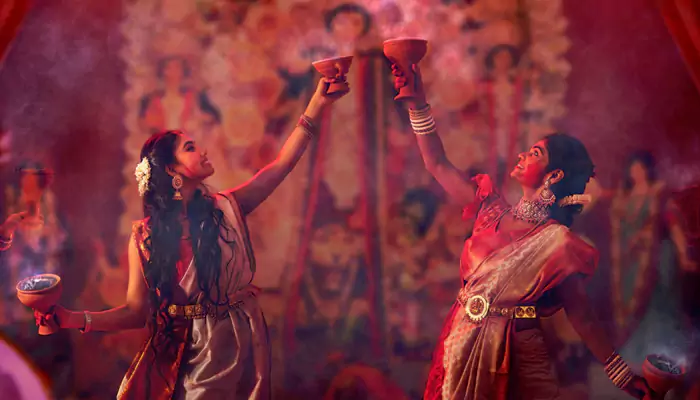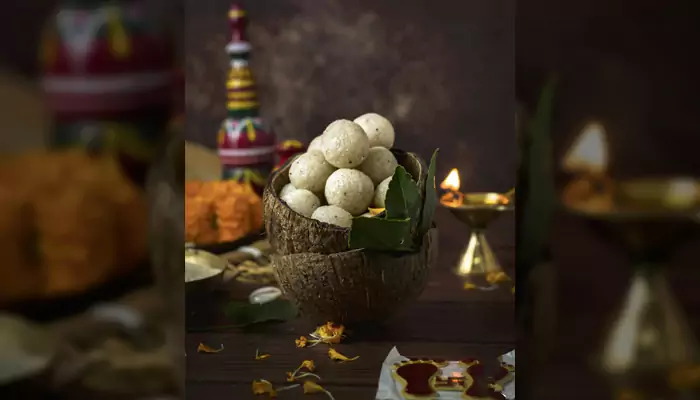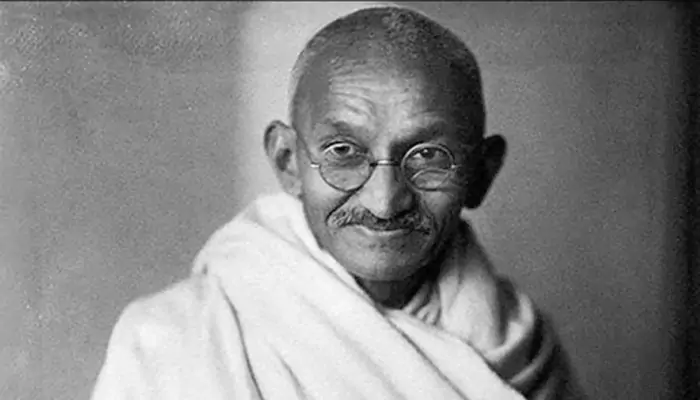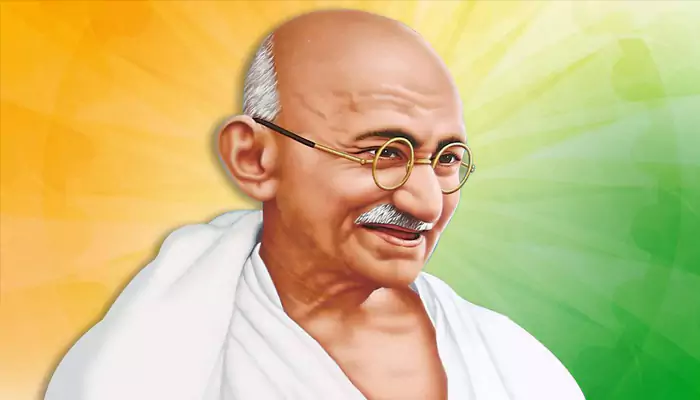Hidden Chemicals in Diwali Crackers: What You’re Really Breathing
- Soham Halder
- 2 months ago
- 4 minutes read
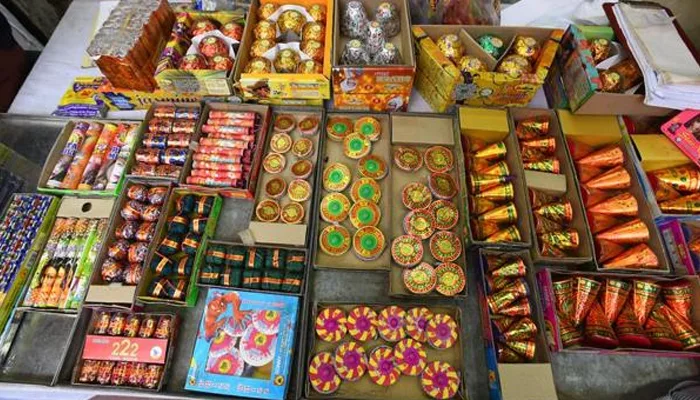
Breathe easy this Diwali: know what’s in the air.
Diwali, the festival of lights, laughter, and loud fireworks, is one of India’s most dazzling celebrations.
But as the sky lights up in colours, so does something else, our pollution levels.
What most of us don’t realize is that every firecracker we light hides a cocktail of toxic chemicals, silently seeping into the air we breathe. From that first spark to the lingering morning haze, our lungs are paying a price for the short-lived sparkle.
Let’s peel back the glitter and uncover what’s really inside those “phuljhadis” and “anar bombs” we love so much.
The Chemical Confession: What’s Inside a Firecracker?
Most Diwali fireworks are made using a mix of oxidizers, binders, stabilizers, and colorants; and many of these are harmful to both humans and nature.
Here’s a breakdown of some key culprits:
Potassium nitrate & sulfur: These power the explosion but release nitrogen oxides and sulfur dioxide, known irritants for lungs.
Barium nitrate: Gives green colour to crackers but can lead to respiratory distress and muscle weakness.
Copper compounds: Create blue flames, but also damage the liver and kidneys when inhaled in high amounts.
Lead & mercury: Found in some cheaper fireworks; both are neurotoxins that affect brain development, especially in children.
So, that brilliant blue sparkle in the sky? It might be beautiful, but it’s also toxic
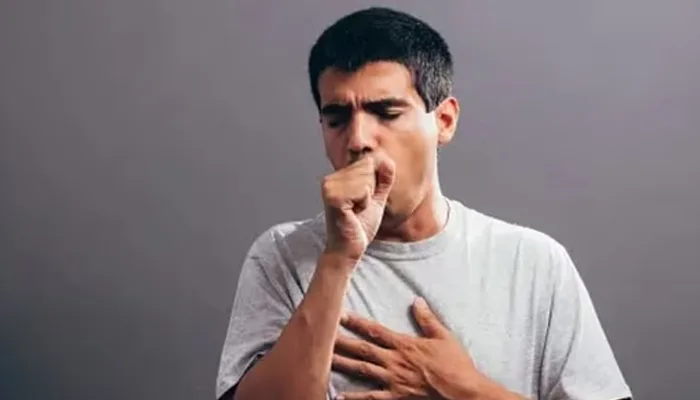
What You’re Actually Breathing
Once the night sky clears, the invisible danger remains. Studies by the Central Pollution Control Board (CPCB) have shown that PM2.5 and PM10 levels
during Diwali spike up to ten times higher than safe limits.
These microscopic particles can stay suspended in the air for days, entering deep into the lungs and even the bloodstream. The result?
- Persistent coughing, wheezing, and sore throats
- Worsening of asthma and bronchitis
- Heart strain due to reduced oxygen intake
In cities like Delhi, Mumbai, and Lucknow, Diwali often triggers an air quality emergency, with pollution levels crossing “severe” limits; a grim reminder that the festive smoke doesn’t just vanish by morning.
Who’s Most at Risk?
While everyone breathes the same air, not everyone bears the same impact.
Children, the elderly, and those with pre-existing respiratory or heart conditions are the most vulnerable.
Kids, in particular, inhale more air per kilogram of body weight, meaning they absorb more toxins in less time. It’s no wonder paediatricians report a surge in respiratory complaints right after Diwali night.
Even pets suffer; smoke and loud sounds cause anxiety, breathlessness, and disorientation in animals.
So, while the celebration brings joy to humans, it can be distressing and dangerous for the most sensitive beings around us.
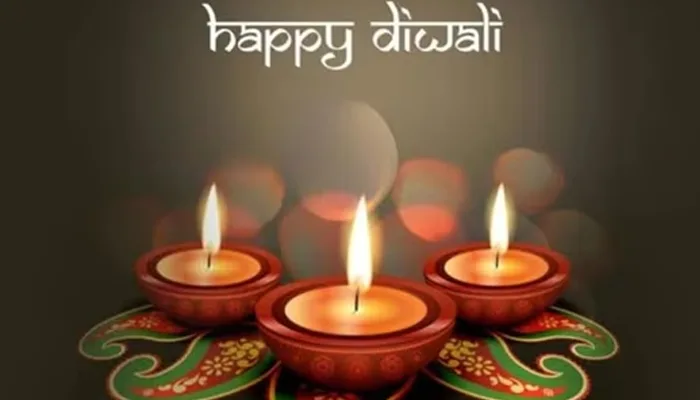
The ‘Green Crackers’ Revolution
The good news? Change is in the air — literally.
ISRO and CSIR-NEERI have developed eco-friendly “green crackers”, which use fewer harmful chemicals and reduce emissions by up to 30%.
Look for packaging marked with the NEERI logo and QR code, which certifies them as authentic.
They still sparkle and pop, but with less smoke and fewer toxins.
However, the best way to celebrate a truly clean Diwali? Go cracker-free altogether, switch to lights, diyas, music, and shared laughter.
After all, happiness shines brighter than any firework.
Simple Steps for a Safer Diwali
If you still want a bit of that traditional sparkle, here’s how to do it responsibly:
- Limit cracker use to open, well-ventilated areas.
- Avoid metal-based fireworks that release toxic colourants.
- Wear masks if you’re in highly polluted zones post-Diwali.
Plant indoor greens like peace lilies and money plants, they help filter indoor air.
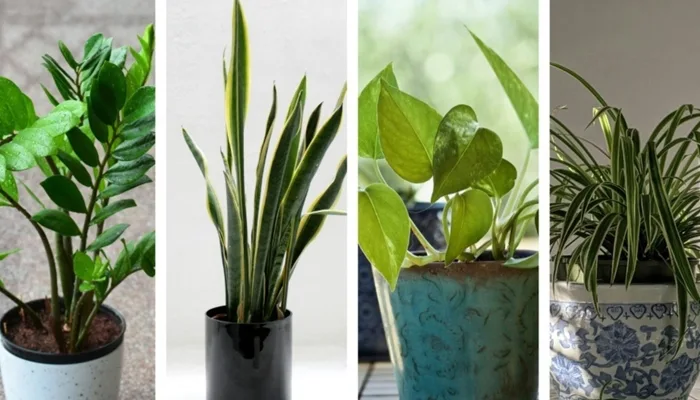
Encourage kids to celebrate with sparklers or LED torches instead of loud bombs.
These little choices can make a big difference, for your lungs, your neighbours, and the planet.
This Diwali, let’s redefine what “lighting up” means.
It’s not about fire and fumes, it’s about hope, health, and harmony.
When you choose cleaner air over chemicals, diyas over dynamite, and awareness over impulse, you’re not just celebrating a festival — you’re protecting a generation.
Because the real sparkle of Diwali is in the smiles of people who can breathe freely.

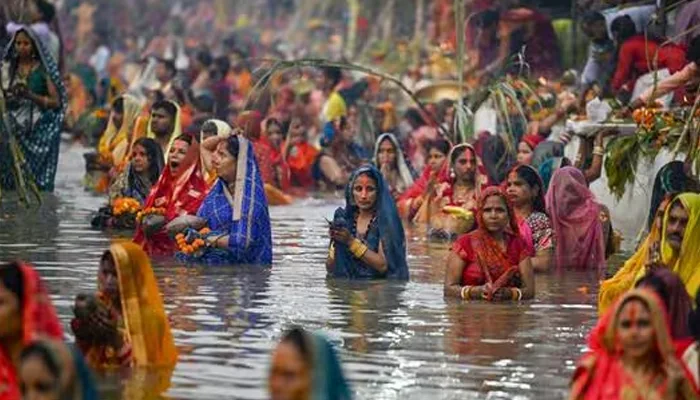
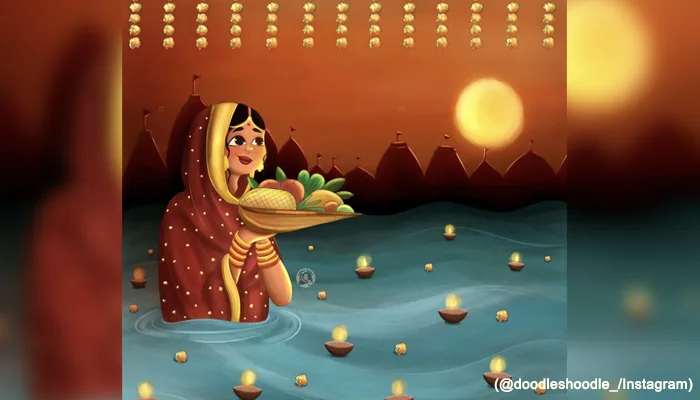
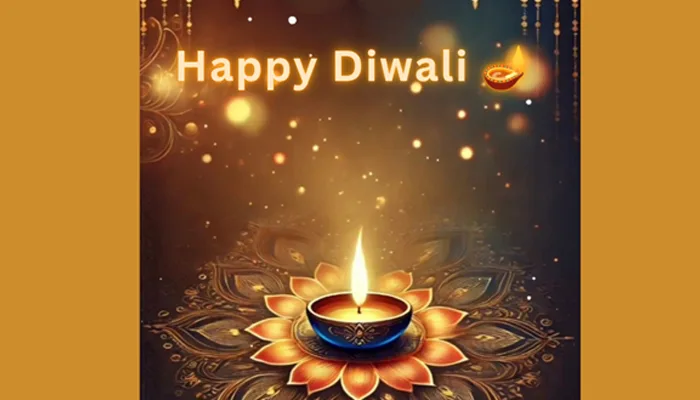
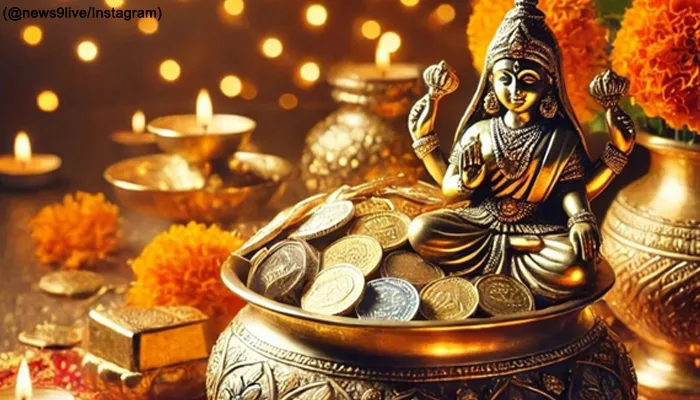
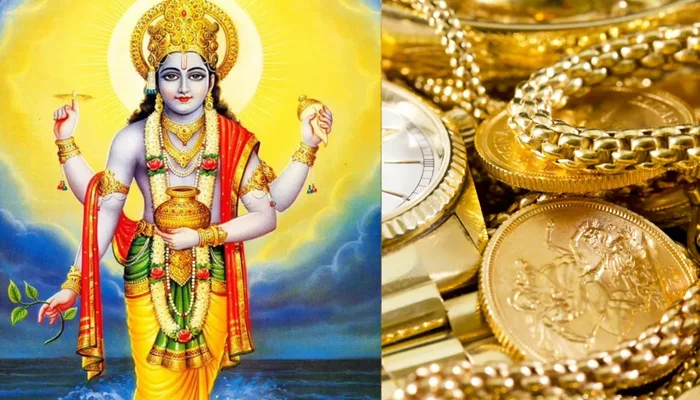
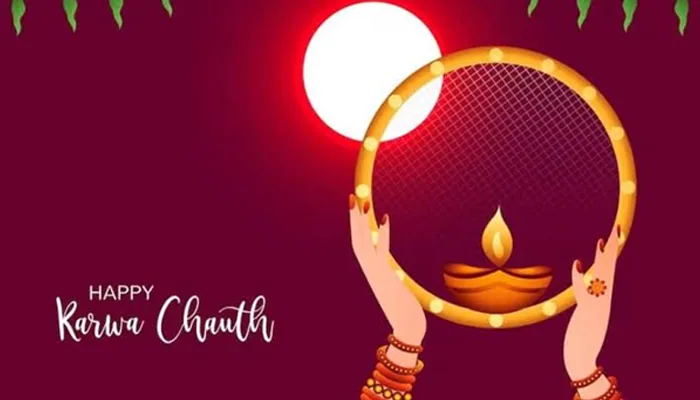
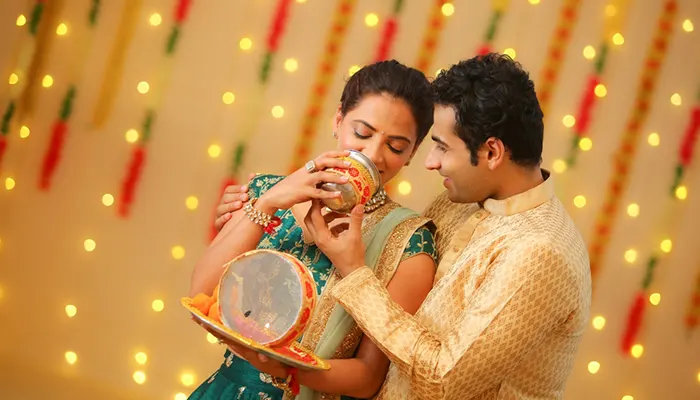
.webp)
